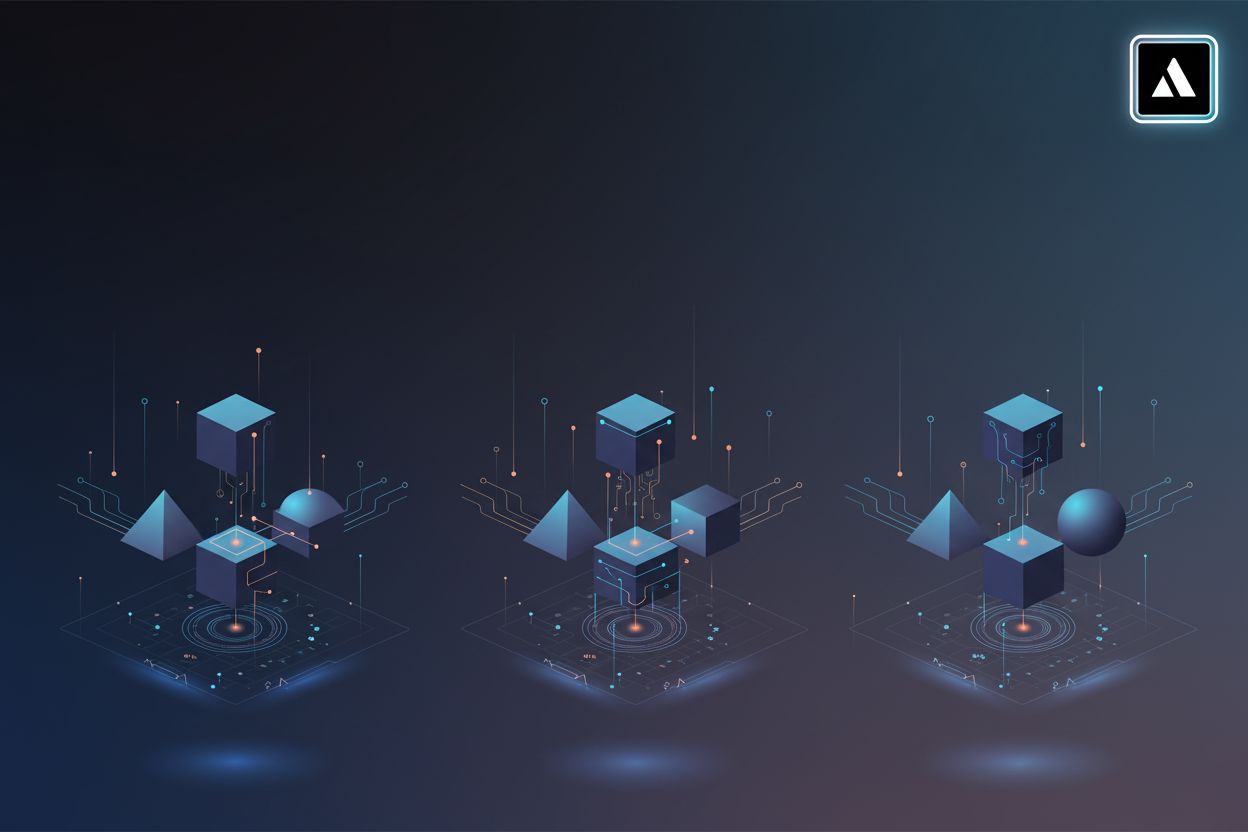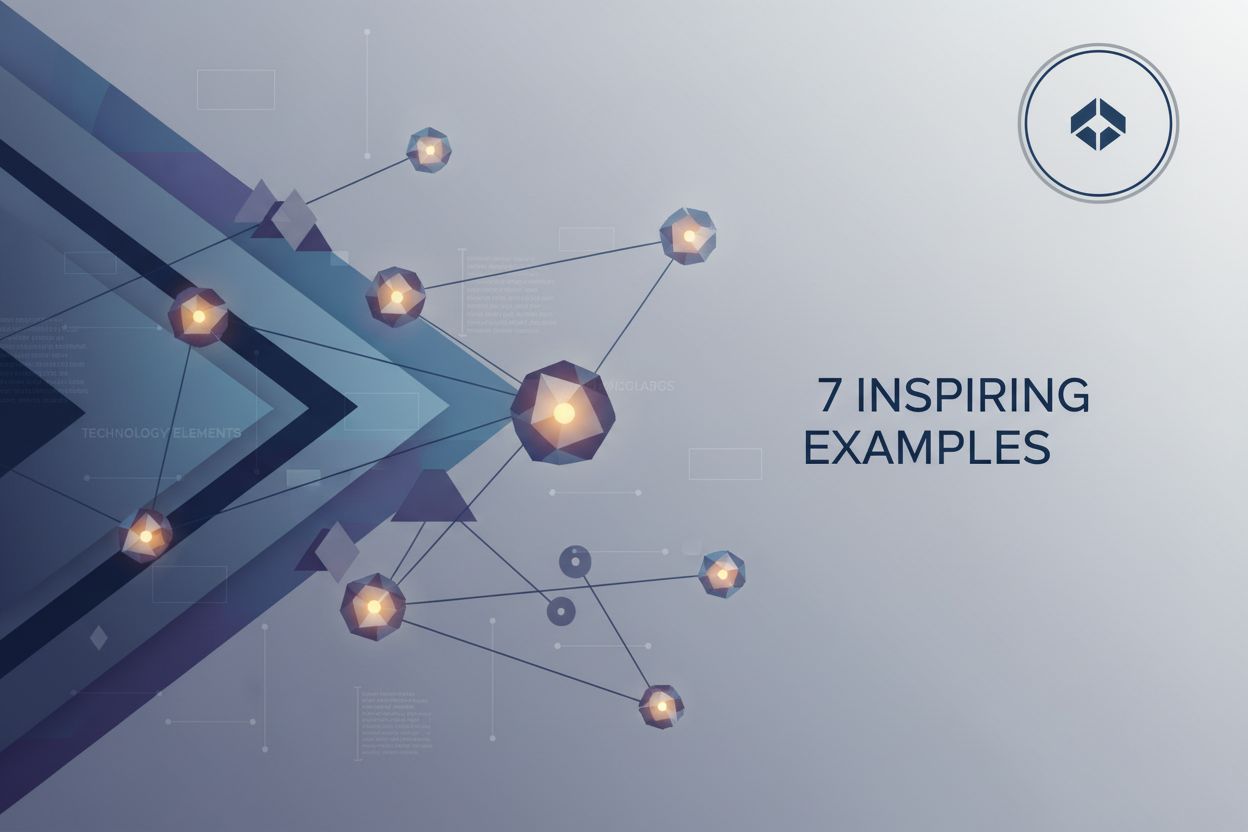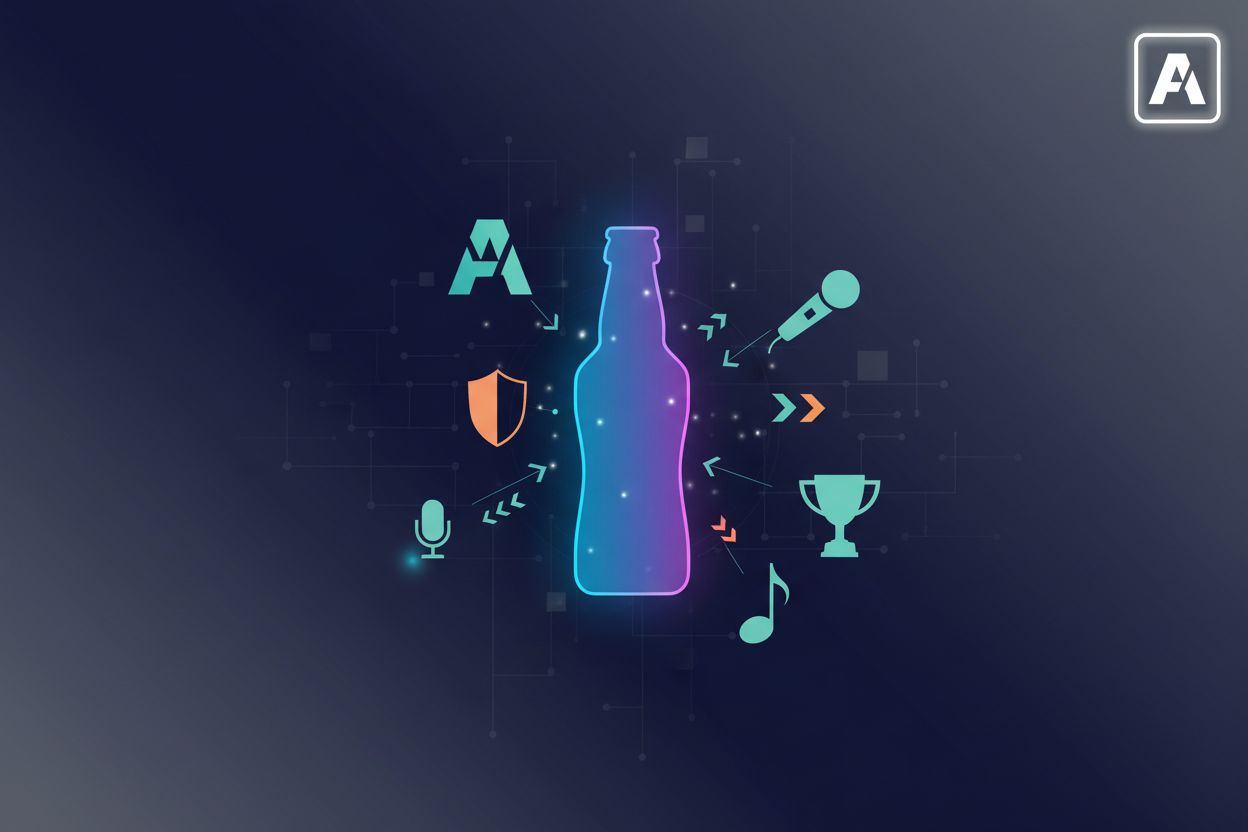Understanding the 7C Framework in Digital Marketing
TL;DR
Introduction to the 7C Framework
Digital marketing can feel like trying to find your way through a really confusing maze, right? The 7C framework? Well, it's kinda like your trusty guide, helping you see where you're going.
Here's the basic idea:
- Context: You gotta know who you're talking to. Are they even looking for what you're selling?
- Content: Give 'em something good to look at or read. Nobody likes boring stuff.
- Community: Build a group of people who like what you do, not just a list of customers.
- Company: Who are you, really? What do you stand for?
- Customization: Make things feel personal for each person.
- Communication: It's a two-way street, talking with people, not just at them.
- Commerce: Make it super easy for people to buy from you.
It's all about making real connections that last. So, let's get into the nitty-gritty of each of these Cs.
The 7Cs Explained: Core Components
Okay, so you're probably wondering how these "7Cs" actually work in the real world, right? It's not just some abstract idea, believe me. Each "C" plays a specific role.
First up is Company. This is all about figuring out who you really are. What's your brand's core identity? What do you believe in? It's way more than just a logo, you know? It's your values, your mission, everything.
- Defining brand identity and values: What makes you, you? Are you fun and a bit quirky, or serious and dependable? Think about a brand like Patagonia; their identity isn't just about outdoor gear, it's deeply tied to environmental activism.
- Ensuring brand consistency across all digital channels: Are you saying the same thing on Twitter as you are on your website? It's gotta match up. A bank, for instance, can't be super formal on their site and then use silly memes on social media – that's just confusing.
- Aligning digital strategy with overall business goals: This is where it all comes together. Your digital marketing efforts have to help you reach those bigger business objectives. If your company is all about being eco-friendly, your digital campaigns need to show that.
Next, Context. This is about understanding who you're trying to reach and what they actually need. It's like trying to sell snowboards to people living in a tropical climate – probably not the best market.
- Understanding the target audience's needs and behaviors: What makes them tick? What problems are they trying to solve? What does your audience really want? A healthcare provider aiming for young adults might focus on resources for preventative care and mental wellness.
- Analyzing the competitive landscape: Who else is out there, and what are they doing? You gotta know your competition. Are they doing awesome with video marketing? Maybe that's something you should explore too.
- Identifying market trends and opportunities: What's popular right now? Is everyone on TikTok? Maybe it's time to start making some videos.
Then there's Content. You need to give people something that's worth their time. Nobody wants to read a dull blog post or watch a poorly made video. Content marketing, as Investopedia puts it, is about reaching potential customers through engaging written, visual, or video content. The 7C framework sees content as the actual substance you're putting out there to attract and engage your audience, making sure it's relevant and valuable to them.
- Creating valuable and engaging content: Make it interesting, make it useful, make it something people want to share. A clothing company might create style guides or how-to videos to help customers get the most out of their products.
- Optimizing content for seo: Make sure search engines can find your stuff! Use the right keywords, write good descriptions, all that technical stuff.
- Implementing a content distribution strategy: Don't just create content and hope people stumble upon it. Share it on social media, send it out in emails, get it in front of people!
Community is all about building relationships. It's not just about selling things; it's about creating a group of loyal followers.
- Building and nurturing an online community: Create a space where people can connect with each other and with your brand. A software company might set up a forum where users can ask questions and share tips.
- Encouraging user-generated content: Get your fans involved! Run contests, ask for reviews, let them create content for you.
- Fostering brand loyalty and advocacy: Turn your customers into your biggest supporters. Reward them for sticking with you, make them feel valued, and they'll spread the word.
Customization means tailoring the experience for each individual. Nobody wants to feel like just another face in the crowd.
- Personalizing the user experience: Use data to show people what they're most likely to be interested in. An online store might suggest products based on what someone has bought before.
- Tailoring content and offers to individual preferences: Send different emails to different people based on their interests.
- Using data to drive customization efforts: Track what you can, and use that information to make the experience better for everyone.
Communication is a two-way street. You need to talk with your customers, not just at them.
- Establishing clear and consistent communication channels: Make it easy for people to get in touch with you.
- Engaging in two-way communication with customers: Respond to comments, answer questions, show that you're actually listening.
- Monitoring and responding to customer feedback: Pay attention to what people are saying about you, and use it to make improvements.
Last but not least, Commerce. Make it as simple as possible for people to buy from you!
- Facilitating online transactions: Make sure your website is easy to navigate and secure.
- Optimizing the customer journey for conversions: Make it as straightforward as possible for people to complete a purchase.
- Measuring and improving e-commerce performance: Track your sales, your conversion rates, and everything else, and use that data to boost your revenue.
So, that's the 7Cs explained. It's a lot to consider, but it's definitely worth the effort. If you can get a handle on these concepts, you'll be well on your way to digital marketing success. Now, let's talk about how to actually put this framework to work.
Implementing the 7C Framework
Alright, so you've got this framework – now what? Let's get into actually using it, 'cause thinking about it is one thing, but doing it is where the magic happens.
- First, do a digital audit: Seriously, figure out what you're even doing right now. Where's your traffic coming from, what's working, and what's totally falling flat?
- Next, set some actual goals. Not just vague stuff like "get more followers," but concrete targets, like aiming to increase lead generation by 15% in q3.
- Finally, who's responsible for what? Assigning clear roles is super important; otherwise, it's just going to be a bunch of good intentions.
Case Studies: 7C Framework in Action
So, you wanna see how this 7C thing actually works in practice? It's not just some abstract idea, trust me!
- Company & Context: Let's take a small, local bakery. They really know their neighborhood, right? So, their company values are all about community, and their context is "busy parents needing quick, tasty treats."
- Content & Community: They start a blog with recipes and baking tips, maybe even a little forum? It's not just ads; it's genuinely useful stuff, and they get the community talking. Suddenly, they become the go-to spot.
- Customization & Communication: You know that local coffee shop that always remembers your usual order? The bakery does that online too. They send personalized emails, offers based on past purchases, etc. It shows they actually care.
- Commerce: Easy online ordering, local delivery... boom! They're not just selling bread; they're selling convenience and a personal connection, something bigger chains often struggle with.
It's not overly complicated, but it IS about making each "C" work together with the others.
Benefits and Challenges of the 7C Framework
It's definitely worth the effort.
Benefits:
- Holistic Approach: It forces you to look at your digital presence from multiple angles, making sure nothing important gets missed.
- Customer-Centricity: Many of the Cs, like Context, Customization, and Communication, put the customer at the heart of your strategy.
- Improved Strategy: By systematically evaluating each C, you can identify weaknesses and build a stronger, more effective digital marketing plan.
- Clearer Goals: The framework helps you define what success looks like for each component, making it easier to measure progress.
Challenges:
- Time and Resources: Properly implementing and maintaining all seven Cs can be time-consuming and require significant resources.
- Complexity: For smaller businesses, juggling all seven Cs might feel overwhelming initially.
- Measurement Difficulties: Quantifying the impact of certain Cs, like Community or Communication, can be tricky.
- Constant Evolution: The digital landscape changes rapidly, so you'll always need to be adapting your approach to each C.




